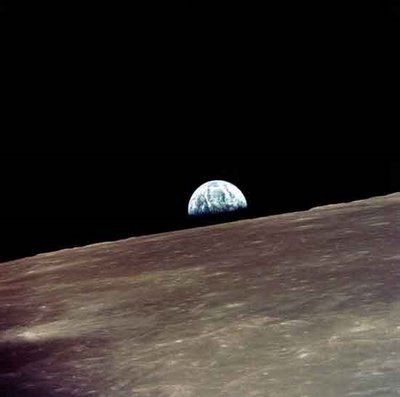 The lowdown on the world's best 18 May 2006
The lowdown on the world's best 18 May 2006by FIFAworldcup.com
The quadrennial, month-long carnival that is the FIFA World Cup™ finals is not just about the football, just as football itself is so much more than just '22 hirelings kicking a leather ball', as was once famously suggested.
From the tens of thousands of visiting fans to the hard-working volunteers, many factors conspire to make the FIFA World Cup a spectacle without peer in the world of organised sport. However, one thing is certain: without the players, 736 footballers from 32 different nations spread over six continents, nothing else would really matter.
Whether they started their journey on bumpy Caribbean pitches or in the cathedrals of the European game, they come to Germany all in search of the same thing: glory, respect and a chance to lift the most-coveted prize in sport, the FIFA World Cup.
FIFA team lists in Excel format
FIFA team lists in Text format
FIFAworldcup.com is the place to come to find out about the men who will write the story of the 18th FIFA World Cup. From the tournament's eight new teams to the silken-footed stars of Brazil, we have compiled the most comprehensive collection of player profiles available anywhere. You will find a biography, career history and exclusive written profile of every player in every squad, together with extended profiles of five key players from each team.
Of the 736 players, there are seven preparing for their fourth FIFA World Cup: Cafu and Ronaldo (both Brazil), Oliver Kahn (Germany) Mohammed Al Deayea and Sami Al Jaber (both Saudi Arabia), and Kasey Keller and Claudio Reyna (both USA). Only Cafu, Al Deayea and Al Jaber actually appeared in all three previous tournaments while USA goalkeeper Keller is the only player going to Germany who was at the 1990 finals.
Keller may be a veteran at 36 but he is a youngster compared to Tunisia goalkeeper Ali Boumnijel, the tournament's oldest player. He turned 40 in April and in the entire history of the FIFA World Cup, only Roger Milla, Pat Jennings, Peter Shilton and Dino Zoff have been older.
By contrast the youngest player in the competition, England's Theo Walcott, is just 17 and will become the FIFA World Cup's youngest ever scorer if he finds the back of the net in Germany.
Click on the links below to access the player profiles for each team:
Group A:Germany/ Costa Rica/ Poland/ Ecuador
Group B:England / Paraguay / Trinidad and Tobago / Sweden
Group C:Argentina / Côte d'Ivoire / Serbia and Montenegro / Netherlands
Group D:Mexico / Iran / Angola / Portugal
Group E:Italy / Ghana / USA / Czech Republic
Group F:Brazil / Croatia / Australia / Japan
Group G:France / Switzerland / Korea Republic / Togo
Group H:Spain / Ukraine / Tunisia / Saudi Arabia
Add headlines to your personalized My Yahoo! pageFIFAworldcup.com Tournament News



